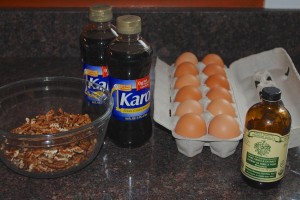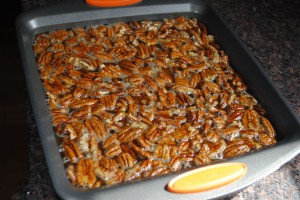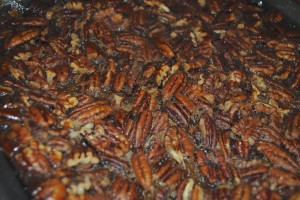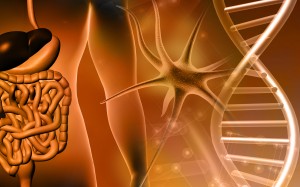Children need to eat regularly. Ideally on a schedule (no grazing) and with the proper surroundings (at a table and NO TV).
Snacking is an important part of a child’s overall nutrition. And because snacking contributes to the nutrient needs of your child’s day, a snack needs to be healthful.
Look at a snack as a mini meal. Would you give your child a pile of chips and a juice box for dinner? (Let’s put it this way-if you did, your child wouldn’t get the protein, vitamins, minerals and other things he needs.) So a snack should be no different.
Here are some ideas:
- Cheese
- With crackers
- Stick pretzels through slices or cubes
- Make cheese and fruit kabobs
- Peanut butter
- And apples
- And celery
- And banana
- Add raisins and/or shredded coconut to any of the above
- Homemade bread or muffins
- Zucchini
- Pumpkin
- Carrot
- Banana
- Hummus
- Crackers
- Carrot sticks
- Fruit
- Make it fun: eat a banana like a monkey, clementines into pumpkins
- Kabobs
- Rainbow of fruit
- Served in an ice cream cone
- Ants on a log variations
- Original: celery with pb and raisins
- Celery with ricotta cheese and tomatoes
- Celery with hummus and olives
- Celery with cream cheese and fruit
- Smoothies
- Yogurt
- Popcorn
- Nuts
- Avocado
- And tomato salad
- Smeared on cracker or bread
- Deli meat
- Ham and cheese rolled up and cut like sushi
- Turkey, ham, cheese kabobs on a pretzel
- Corn chips and
- Salsa
- Bean dip
- Guacamole
Save things like:
- dry cereal
- granola bars
- pretzels
- whole portable fruit
for when you are on the run.
For more ideas go to the kids board on my pinterest page or just go to pinterest and search around!
photo: freedigitalphotos.net









